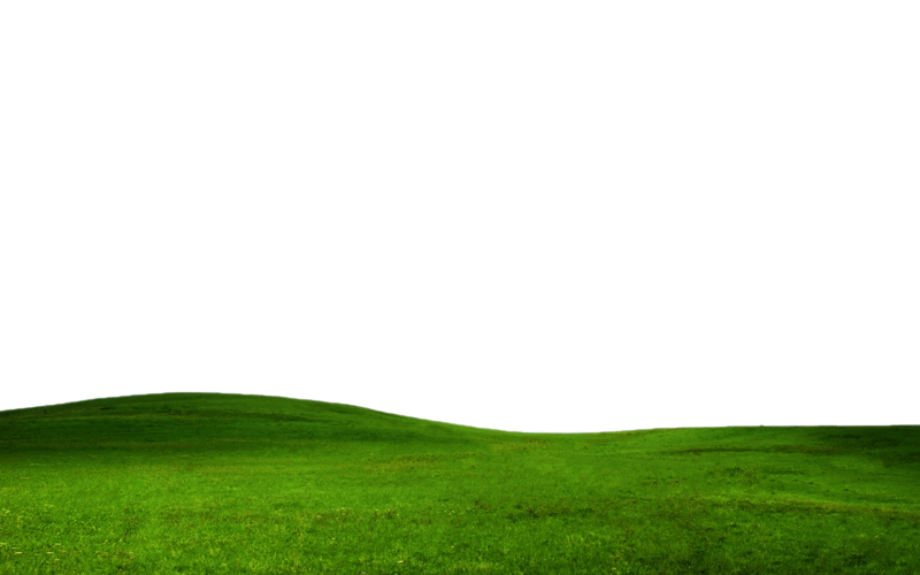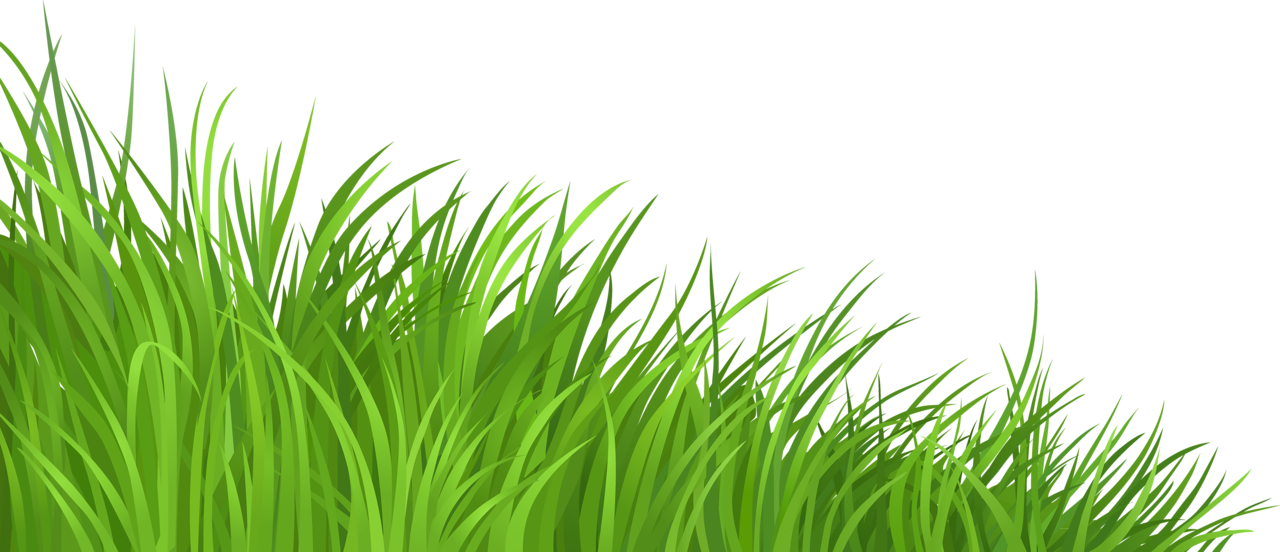
Parts of the Sahara, a great desert in North Africa, are plains. Forested plains have different types of trees, shrubs, and other vegetation. Some, such as Mexico’s Tabasco Plain, are forested. They are also found in Australia, South America, and southern North America.

Savannas such as the Serengeti plains stretch across much of central Africa.

Savannas exist in places that are warm throughout the year. Steppes usually do not receive enough rain for tall grasses and trees to grow. In Asia and eastern Europe, temperate grasslands are called steppes. state of Wyoming and Kickapoo, many of whom live today in the Mexican state of Coahuila. Communities include Blackfoot, native to the Canadian province of Alberta Arapaho, whose center today is in the U.S. The so-called “ Plains Indians” are actually more than two dozen tribes. The Great Plains have supported a wide variety of cultures for thou sands of years. However, most tallgrass prairies have been plowed under and are now farmland or pasture. In areas that receive more rain and snow, tall grasses can grow 1.5 meters (5 feet) high. In areas with little rain and snow, short grasses grow. In North America, temperate grasslands-those in places with warm summers and cold winters-are often called prairies. A grassland is a region where grass is the main type of vegetation. Grasslands Many plains, such as the Great Plains that stretch across much of central North America, are grasslands. They cover more than one-third of the world’s land area. Plains are one of the major landforms, or types of land, on Earth.
#Grassy plain clip art full#
That means that within each of these biomes there is a range of temperature and weather conditions, and we also find some organisms that are adapted to only part of the biome and others that are adapted to the full range of conditions within the boundaries we are defining.A plain is a broad area of relatively flat land. Just remember that these groups could also be divided into nearly 20 biomes. In order to give you a small taste of the huge diversity of the types of environments out there, we divide the world up into only nine biomes. This method of categorizing is one of convenience, and sometimes it just depends on why you're dividing the groups.

Do those groups seem different enough to you to be in a separate biome?ĭon't worry, there is no right or wrong answer. With those cold temperatures, the plants and animals in temperate rainforests have to have adaptations to deal with cold weather. But temperate forests have a defined winter, with snow and temperatures below zero. Tropical rainforests are warm and don't experience a winter season. If we take a closer look at these temperate and rain forests, we see that they differ quite a bit in the amount of rain they get and in their temperatures. Tropical rain forests are too warm to get snow. Temperate forests get a winter season, often with snow. But again, by grouping organisms with similar adaptations together, we can see through some of the complexity and have a chance to better understand the living Earth. We already know of over 1.7 million species of organism, and there are likely over 17 million that exist. Making groups based on living organisms can be very complicated. Usually we group the different natural areas on Earth into categories based on plant and animal life and how they are able to survive in that part of the world. Depending on what characteristics we choose to describe an environment, the groupings we end up selecting may be different. We can divide our surroundings many ways-by how much water there is, by how warm it is, or by the types of plants or animals we find there. The natural world is more varied than we can imagine, and one way to try to make this variation easier to handle is to put different environment types into groups.

One of the largest things that we try to categorize may be the types of environments found on Earth. We categorize all types of things, whether they are ideas or objects, and whether they are small or large.
#Grassy plain clip art movie#
We have food groups, sexes, eye colors, ages, and movie genres, to name a few. To make sense of complexity, humans often need to categorize, or group, things. Here we see two different biomes-deserts on the left and grasslands on the right.


 0 kommentar(er)
0 kommentar(er)
